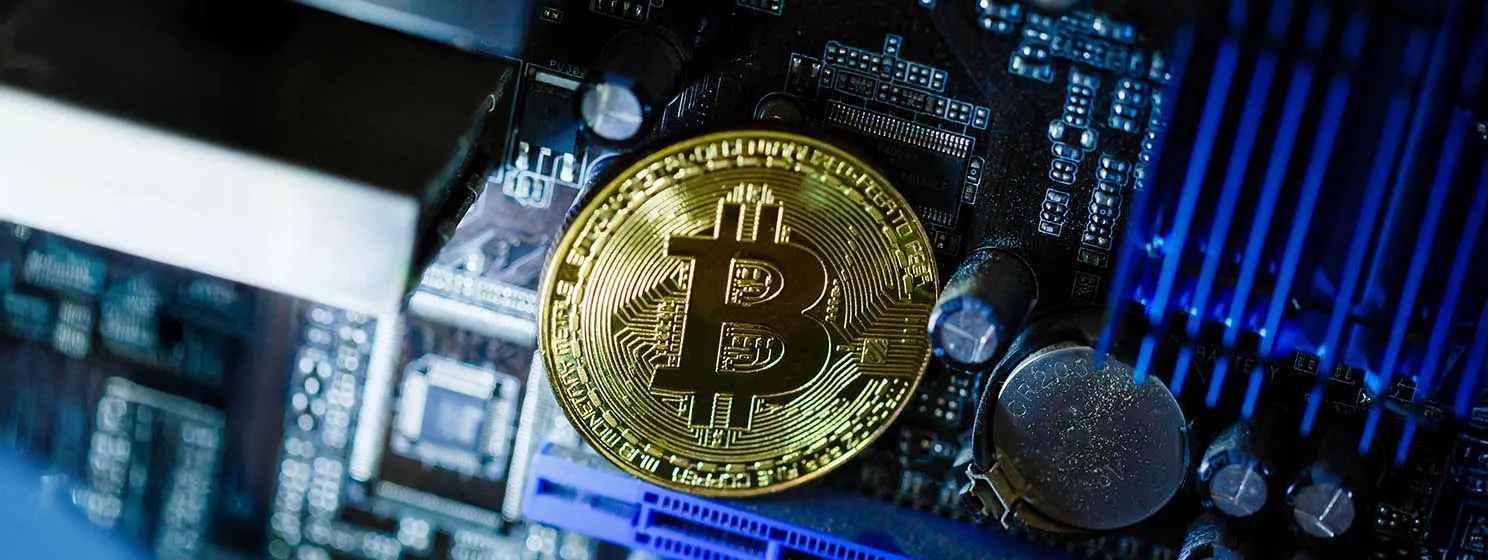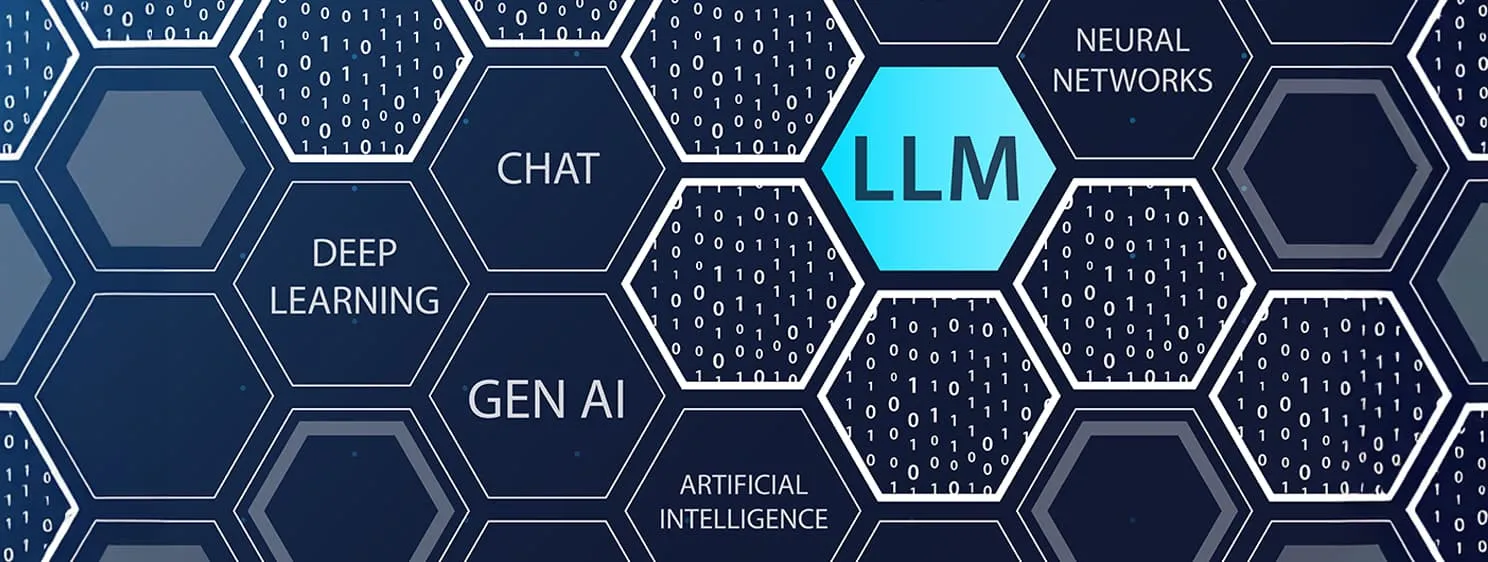|
Getting your Trinity Audio player ready...
|
We’ve heard a lot about IPv6 lately and how the internet’s communication protocol could work with Bitcoin’s own protocol to make payments more secure, direct, and private. Despite the flurry of words about IPv6 and Bitcoin in 2022, it’s not a new idea. Integrating with IPv6 has been part of Bitcoin’s roadmap from the start, and Dr. Craig S. Wright has been urging internet users to use IPv6 for decades.
IPv6 makes IP-to-IP transactions usable
In the 2008 white paper, Satoshi Nakamoto described IP-to-IP transactions as the primary way to send payments with Bitcoin. Using a public “Bitcoin address” (a hash of the private key) and broadcasting the transaction to the entire network was a secondary method in case one of the parties was offline at the time.
However, the Bitcoin address method has since become the best-known and is now the only way to send and receive Bitcoin transactions. No one really understood the purpose of IP-to-IP transactions, and the original process had security flaws. Lacking foresight and imagination, and seeing Bitcoin only as a network of node-participants rather than average users, BTC Core developers removed that functionality from the protocol in 2011. A screenshot of their conversation at the time (in this article here) showed they never understood why it was there in the first place and had no intention to fix or develop it.
If you needed further confirmation that BTC is “not Bitcoin” and has subverted Satoshi Nakamoto’s original vision, this is it.
However, Dr. Wright “never gave up hope on this, and nChain has been busy.” He has described IP-to-IP as the most efficient way to send Bitcoin transactions.
In late 2018, he published a series of articles on the topic and detailed how IPv6 could finally make Bitcoin’s IP-to-IP transaction plan usable—and how Bitcoin could finally deliver the internet’s promise of payment functionality, built-in at a fundamental level.
The true purpose of Bitcoin’s IP-to-IP transactions is slowly becoming apparent—too late for BTC, though, since it was removed. BSV’s massive data processing capability and scalability, plus its new SPV frameworks (e.g., the LiteClient Toolbox) make it possible. It’s not just about payments, either. Any data can be exchanged and recorded on the blockchain, with transactors deciding what information is shared and with whom.
More unique addresses and built-in security
IPv6 has two big advantages here over IPv4. IPv6 is used today by more than 2 billion Internet users while BTC is still using primarily the old communication protocol, IPv4.
IPv6’s first advantage is the one everyone knows best: instead of 4.3 billion IPv4 addresses, now fully depleted, IPv6 allows for near-infinite addresses with 340 trillion trillion trillion IPv6 addresses. The IPv4 address pool doesn’t even cover the world’s population, let alone the tens of billions of additional devices that interact.
People and devices can’t communicate (or transact) directly with each other through IPv4 because they are usually behind NATs (Network Address Translation) that cut the end to end communication using private and non routable IP addresses of the end users. IPv6 would give every device and person on Earth a unique address and even allow billions of new/alternate ones. This makes them able to identify each other. Additionally, hackers would no longer be able to “sniff” for security holes by scanning every IP address since there’d be too many.
The lesser-known (but more interesting to Dr. Wright) aspects of IPv6 are its built-in encryption and security. IPSec (Internet Protocol Security) was designed for IPv6 and was made mandatory, along with all its encryption code, and has endpoint authentication. IPsec was retrofitted to IPv4 but due to lack of routable IPv4 addresses, it was not widely used. BSV will mandate use of IPsec with IPv6.
According to Wikipedia, IPv4 “was designed with few security provisions,” requiring several add-on solutions to protect its traffic. Examples include the now-deprecated SSL (secure sockets layer) and TSL (transport layer security), which use flawed security certificate models and require developers for each application that uses them to handle security and authentication. This has led to many problems, to say the least.
IPv6 has built-in security protocols like cryptographically generated addresses (CGA, also known as “privacy extended addresses”), an Authentication Header (AH), and Encapsulating Security Payload (ESP).
According to Dr. Wright, this makes it possible for automated machines to negotiate security and communicate with each other, and even control machines without knowing where they’re located.
“We could actually have a system that is difficult to even find, let alone hack,” he said.
Reaching out to IPv6 standards groups
Currently, China leads with 692 million IPv6 users followed by India with 370 million, Europe with 143 million, the United States with 115 million, and Brazil with 69 million.
This June, Rene Wilhelm from the @ripencc has been analysing the post-launch trajectory of #IPv6 over the past 10 years. Read his findings on #RIPELabs: https://t.co/GIZecqhp3s
(IPv6 adoption bar chart race created with @f_l_o_u_r_i_s_h) pic.twitter.com/PebpF2YSIO— RIPE Labs (@ripelabs) June 30, 2022
Groups such as the IPv6 Forum have been working hard over the past couple of decades to finalize IPv6 standards and educate sysadmins on why they need to implement it soon. This naturally involves a lot of network reconfiguration work, both in front of a screen and physically with networking hardware, as well as learning, which is why IPv4 is still around.
All that is changing as the need for and benefits of IPv6 become more widely understood. Dr. Wright has recently been very active on the topic, speaking at standards forums and engaging with their members. The reception so far has been very positive, with influential participants speaking publicly on how BSV and IPv6 could work almost seamlessly together, boosted by IoT technologies and ever-faster 5G/6G wireless networks.
It’s only possible with the BSV blockchain
If IPv6 and Bitcoin’s IP-to-IP transactions create new opportunities for blockchain/digital payment integration, why does that blockchain need to be BSV? There are several reasons.
The first and most important is that the blockchain network must scale—both to handle vast amounts of data and do so at a minimal transaction fee rate. So far, BSV is the only network that has achieved these feats in a meaningful way while remaining robust and secure.
Secondly, it requires something like Bitcoin’s Simplified Payment Verification (SPV) to make transactions fast to process and reliable, even if one party is offline. Ordinary people should not have to run mining nodes or keep copies of every Bitcoin transaction ever made in the world just to use Bitcoin.
In addition, the blockchain network requires a solid framework to make SPV processes easy for any developer to build into their apps—to handle authentication and messaging. The LitecCient Toolbox allows developers to integrate SPV into their applications easily.
All this means Bitcoin becomes a network of actual users, not a network of nodes and miners. Those users can have extra confidence their data is secure and remains their own, rather than “trusting” it to social networks and other Silicon Valley corporations. IPv6 is the way the internet is supposed to work, and BSV with SPV is how Bitcoin is supposed to work. It’s almost as though they were designed for each other.

 07-02-2025
07-02-2025 





